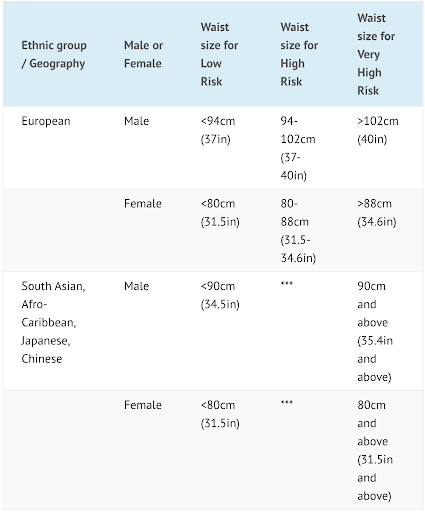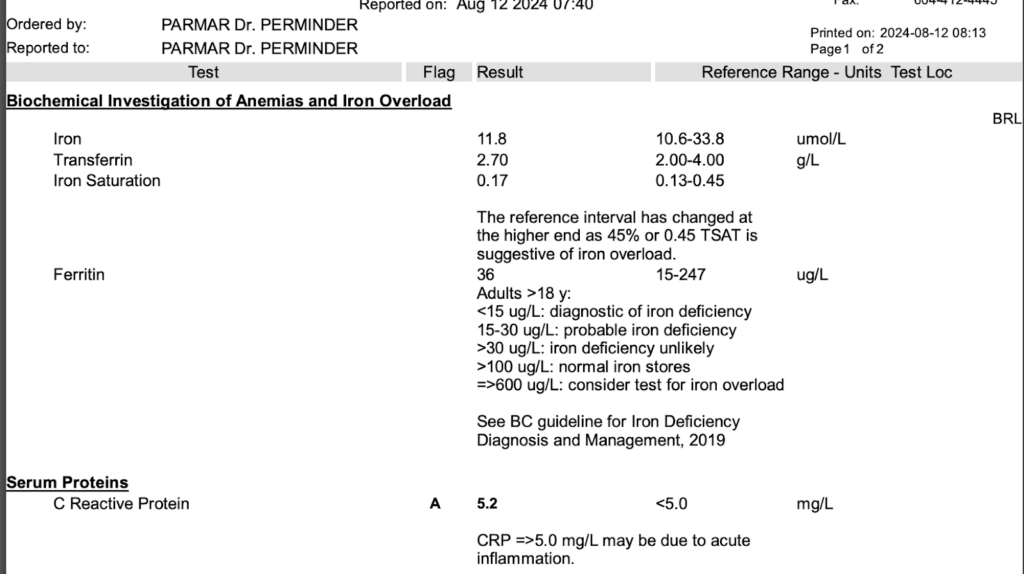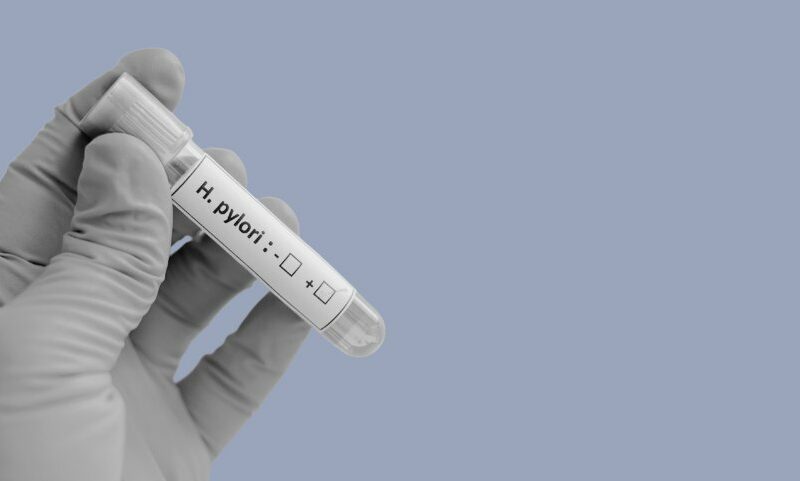
Being overweight and iron deficiency
We hardly ever hear about the risks of iron deficiency associated with weight gain. Count those days done.
Get this: Standard blood testing for iron deficiency is masked by excess weight, making overweight women nearly 3x more likely to be iron deficient, and undiagnosed, than those with a normal BMI.
Weight, what?!
When we gain weight beyond what our body considers healthy and normal fat for us, we start to produce inflammation. Our fat cells, and the immune cells taking care of them, leak tiny chemicals into our blood that interfere with healthy function of our tissues and organs. Consider inflammation and excess fat synonyms.
Fat in our bodies, especially visceral fat which surrounds our organs, readily spills these chemicals which tell the liver to make something called C Reactive Protein (CRP). In a strange twist, CRP makes our intestines reduce the amount of iron we absorb.
Even stranger still, the liver pushes ferritin into the bloodstream even when we are low in it as is the case of iron deficiency.
This elevated blood ferritin then makes it harder for doctors to know whether you’re iron sufficient, or inflamed.
But we have our ways...
Despite all these stranger things, there are non-tricky ways of figuring out if you’re iron deficient while overweight.
How does BMI affect iron deficiency
First, we need to know some details about your weight. One way, albeit crude, is to know your BMI. That’s your body weight in kg divided by your height, then compared to standard scales of health. This is a good calculator.
If you’re of Black African, African Caribbean, South Asian, Chinese, Middle Eastern and mixed family origin, your risk of chronic health conditions is greater at a lower BMI than in the white population.
Risk begins to increase at a BMI of 23, and people with a BMI of 27.5 will be at high risk.
A second way is waist circumference.

DEXA Body Scan
Another way is to get a DEXA body scan. This is a low-dose X-Ray that is able to see the different types of tissue in our body, including how much deep fat we are holding on to.
If you are above any of the healthy thresholds for BMI, waist circumference, or DEXA, consider getting bloodwork to identify if you’re inflamed enough to be hiding iron deficiency.
The following tests can confirm:
Ferritin
The gold standard for iron deficiency testing. If this level is lower than 100 while inflammation markers below are elevated, you are definitely iron deficient. Any symptom you have could be related to this problem.
CRP or C Reaction Protein
If this level is higher than 5, you’re inflamed. Technically, the level should be zero, but we haven’t researched enough how lower levels of inflammation influence iron deficiency. Healthcare providers shouldn’t be ignoring these values.
Our rule of thumb…
- If CRP is higher than 5, cut your “apparent” ferritin in half.
- If higher than 10, cut it to 1/3.
That’s more likely your true (non-inflamed) iron level.
TSAT or Transferrin Saturation
The amount of our blood that is saturated with iron. If it’s lower than 20% you’re iron deficient, even if your ferritin is above 100 or if your CRP is less than 5.
Here’s a real patient example of these labs:

Her “non-inflamed” ferritin is probably closer to 18. So she’s actually quite iron deficient.
And her Iron Saturation is consistent with that, at 17%.
But without the extra math, you (or your doctor) wouldn’t have even known.
Why does any of this matter?
If we’re trying to be our healthiest and prevent disease, we need to be less inflamed.
One of the best ways to achieve this is to exercise, which requires us to have energy and not be short of breath when we’re active.
But iron deficiency makes us tired, less conditioned and less motivated to work out.
The irony.
We need to properly identify those of use who are iron deficient so you aren’t dragging yourself through the gym… and life.










